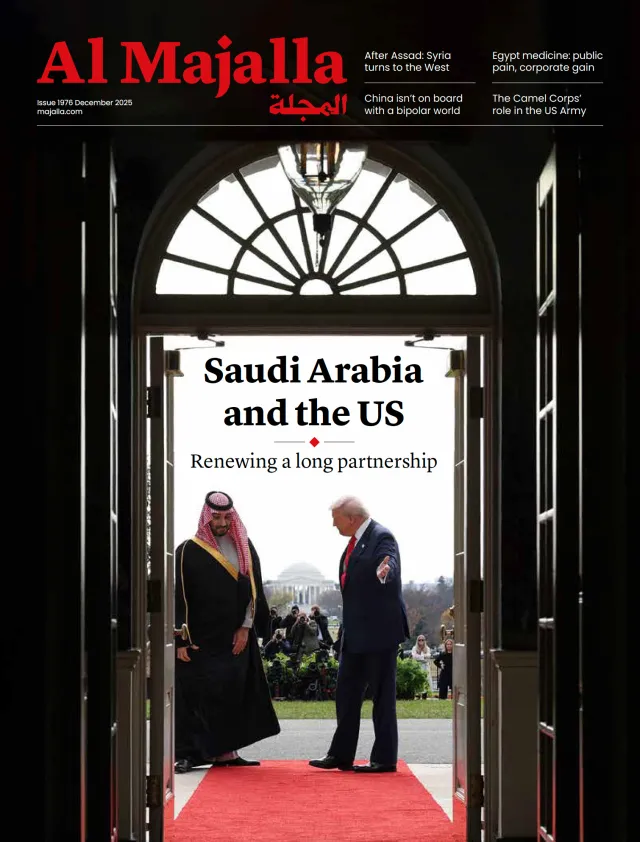After decades of Assad rule by a family closely allied with Iran and belonging to the Alawite (an offshoot of Shiism) sect, a project to reassert Arab identity in the Levant is gaining traction.
Although supporters of this ‘new Syria’ and more broadly, ‘new Middle East’ do not explicitly state that their project is aimed at restoring Sunni Arab dominion over the affairs of the Levant, there is an implicit understanding that this involves the sidelining of predominately Shiite sects belonging to Iran’s so-called ‘axis of resistance’—from Lebanon and Syria to Iraq and Yemen.
This ascendent force chose the Umayyad dynasty (661–750 CE) to model, but this blueprint is deeply problematic for various reasons. A look back at history shows that the Umayyad model lacked a strong foundation to support statehood and long-term governance.
True, its military conquests were rapid and vast, extending from Al-Andalus to Sindh (respectively, modern-day southern Spain to Pakistan). However, the Umayyad dynasty was predicated upon a fiscal system that relied on the distribution of spoils derived from conquests. But as soon as its resources ran out, so did its conquests. With the dynasty unable to pay its soldiers, discontent amongst soldiers quickly turned into rebellion, a key reason why Umayyad rule was so short-lived.
Flimsy grasp of history
Given this history, one may question the logic behind championing this new form of Neo-Umayyadism—one steeped in nationalist romanticism, revivalist reductionism, and a flimsy grasp of history. Surely, Syria’s enormous existential challenges warrant a more sound model to aspire to.




